LDC’s Iten Daily Diaries - Part 2
Settling in and helping to make a difference
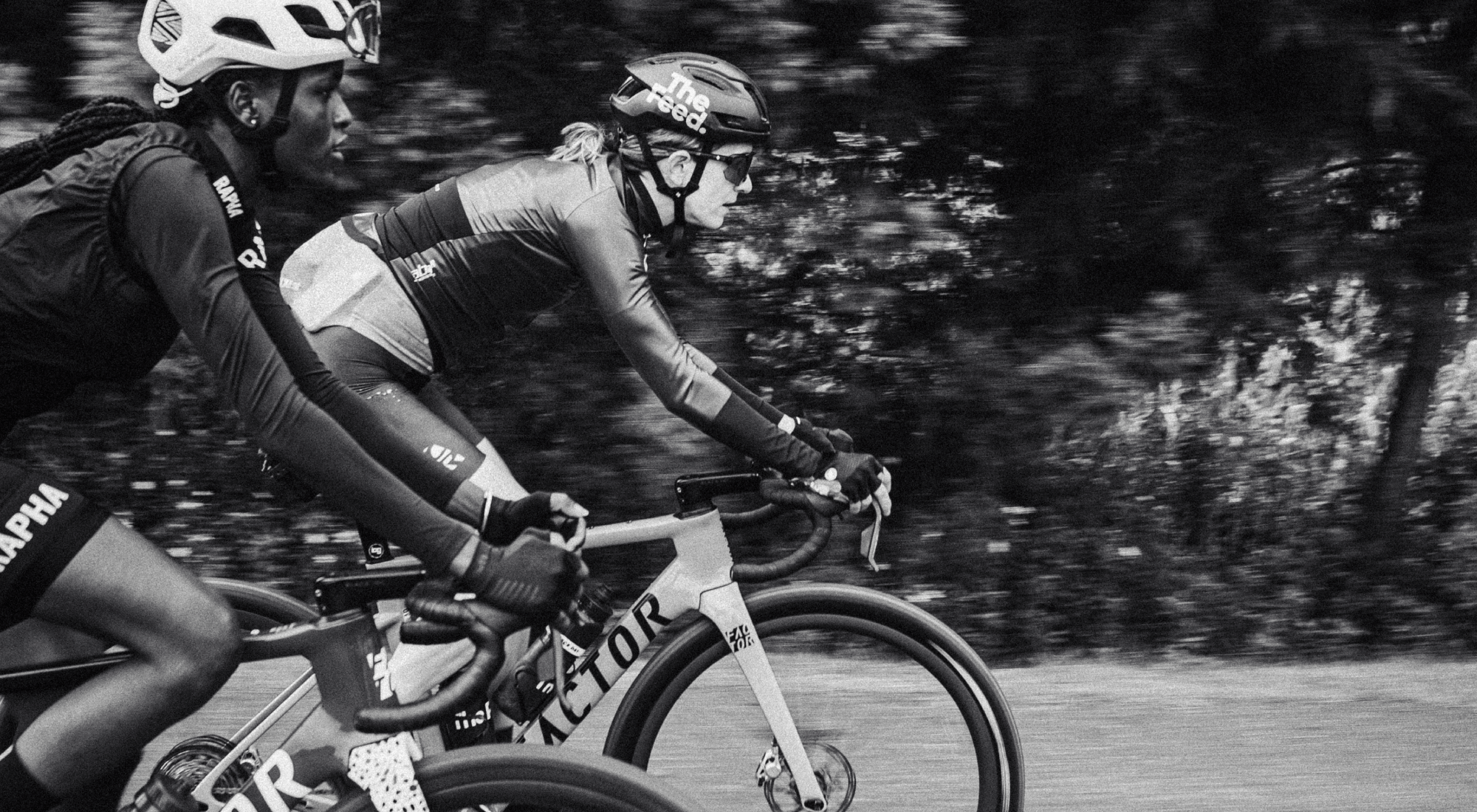
For good teachers, learning is always a two-way street. Lauren De Crescenzo, in her new role as coach for the Team Amani Women’s Camp, has been effectively sharing her deep knowledge and extensive experience with the young women from all around East Africa who are committed to becoming pro gravel racers.
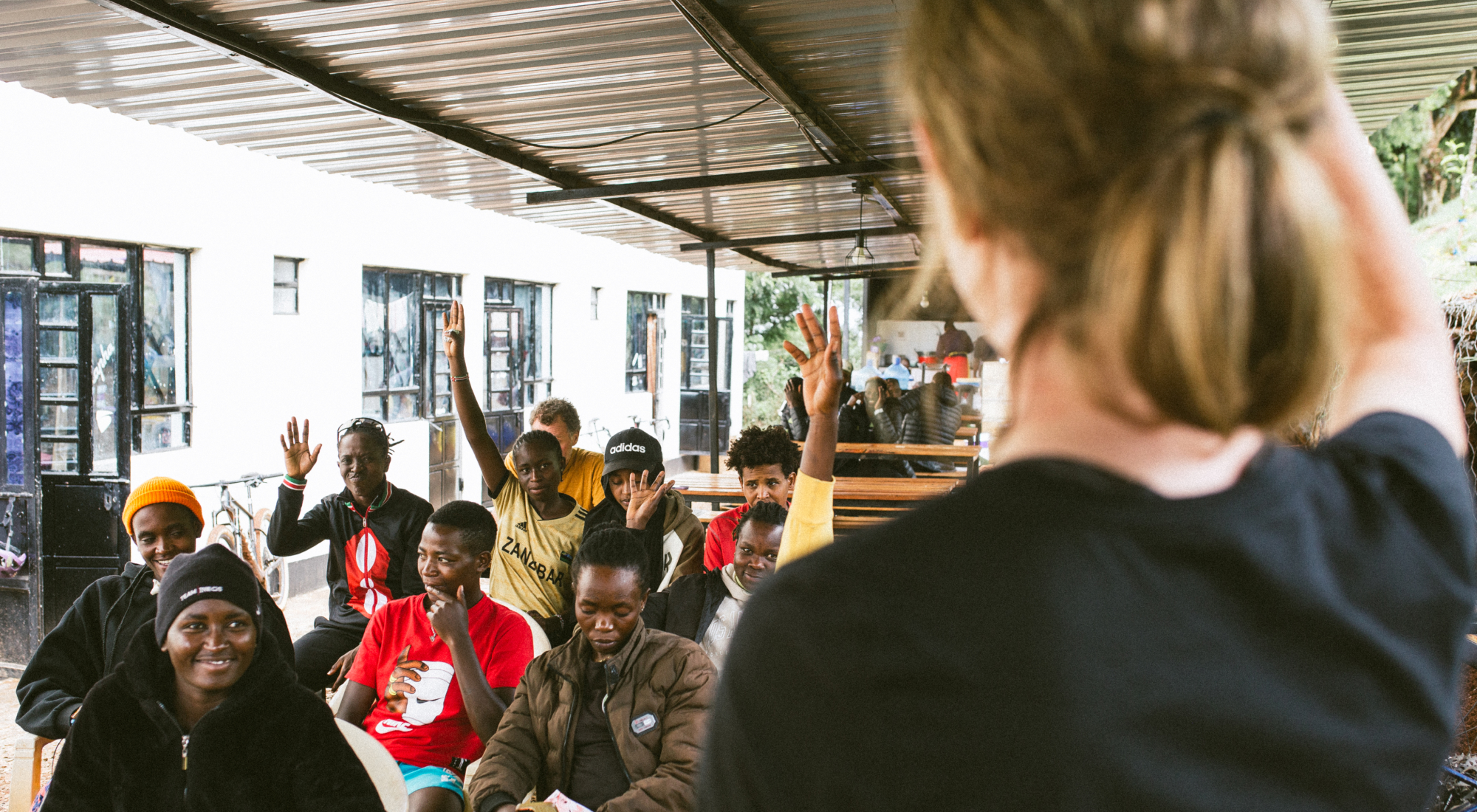
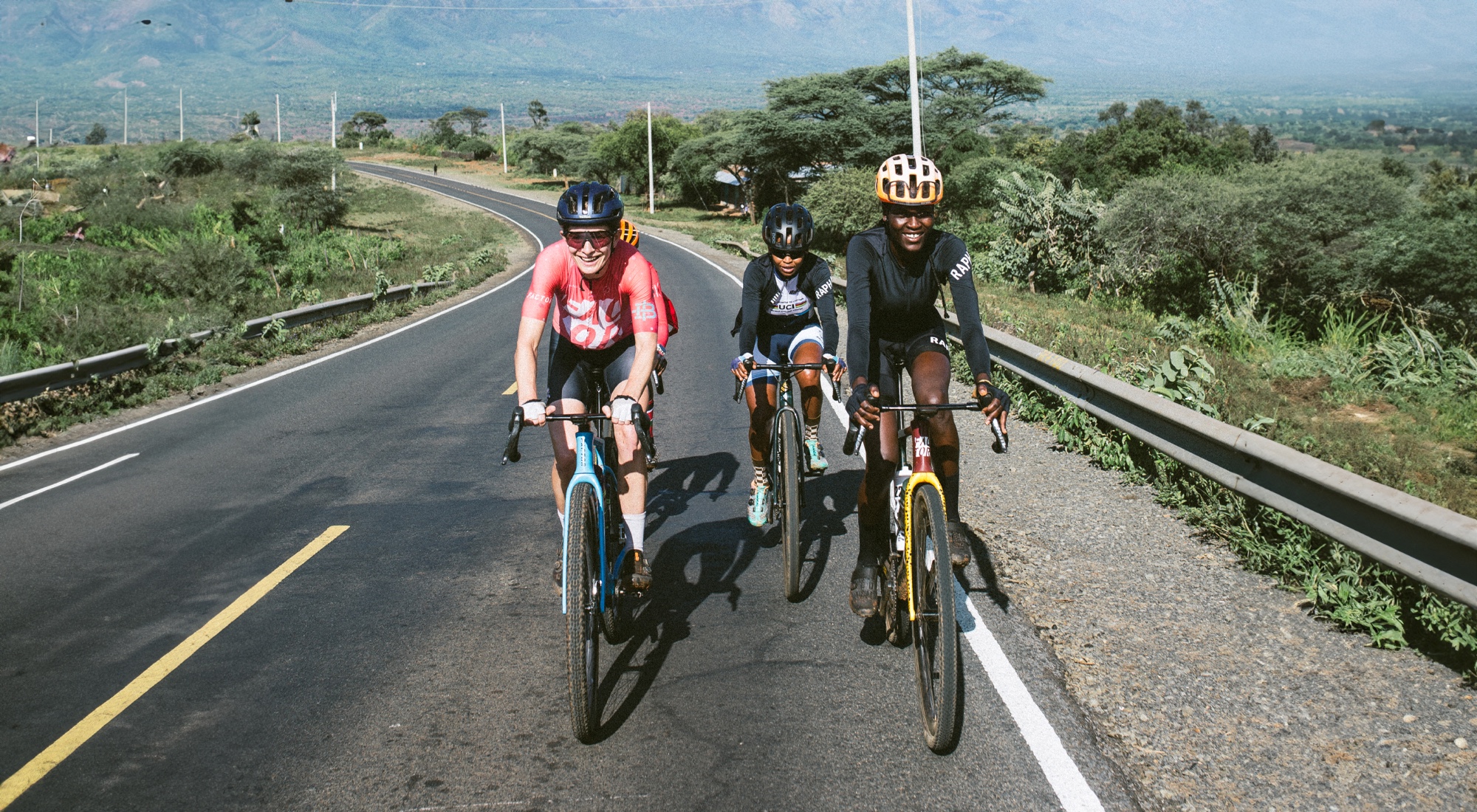
Photo credit: Team AMANI
Along the way, in these new, wondrous surroundings, Lauren has been learning a few lessons of her own. Inspired by the dedication and determination of the women around her, and open to absorbing as much as possible from the experience, LDC certainly seems to be gaining as much as she is giving.
Read Part 2 of her Kenyan diaries and get inspired too.
Day 3, Morning Session (11/22, 8 a.m.): Building the Next Generation
The day began with a three-hour endurance ride, splitting into five groups to match individual skill levels and training goals more effectively. I again joined the women’s development team, the Black Mambas. Heavy rains overnight left the gravel roads impassable—transforming them into Unbound-style peanut butter—so we stuck to the tarmac.
Anna from SRAM and I rolled out together from the Kerio View Hotel, navigating a slick, muddy start that brought back vivid memories of mile seven at Unbound 2023, confirming the team’s decision to stick to the tarmac for the day. When we reached the Team Amani house, the groups were already forming, staggered to keep the rides focused and safe.
Understanding daily considerations
Riding with the Black Mambas for a longer endurance ride was eye-opening. These women are incredibly talented and determined, but their approach to training and nutrition reflects the challenges they face. Many save race-day nutrition like bars and gels for competition, relying instead on bananas, rice cakes, or sugar water during training rides. By the second hour, I noticed fatigue setting in—a contrast to their initial excitement and strong pace. As someone fortunate to work with The Feed, I felt self-conscious fueling with my SIS Beta gels and Skratch chews while they conserved resources. It’s a humbling reminder of the inequities in our sport.
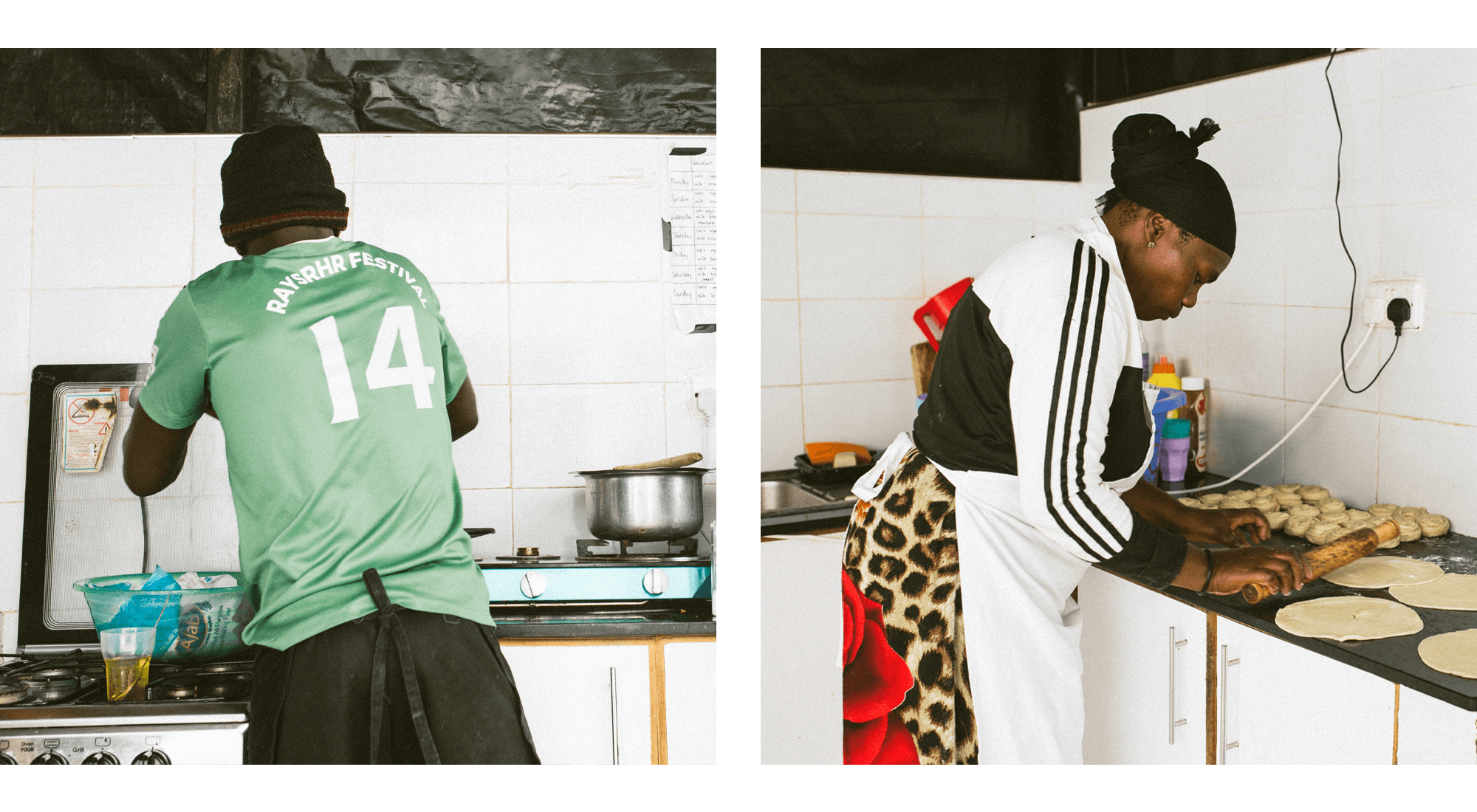
My goal for the camp is to emphasize accessible nutrition solutions—carbs are carbs, after all. Local staples like bananas, rice, and even affordable Kenyan candies can make a huge difference in sustaining energy.
Burgeoning fanbase
I also noticed varying levels of confidence in handling skills, especially when cornering and braking. Our route took us from 7,800 feet down to 7,200—just enough to make a difference in oxygen but not the technical challenges of Kenyan roads. The unspoken rules of traffic here are fascinating: vehicles, motorcycles, and bikes navigate with an inherent respect for one another, calmly passing only when it’s safe.
What stood out most wasn’t on the road but at its edges. Everywhere we rode, kids ran to cheer us on, their excitement palpable. Watching young girls wave with wide eyes, I couldn’t help but hope they were seeing something new—a future that includes them on bikes. At the Team Amani house, the pump track is always buzzing with children riding, imagining themselves as the next generation of Black Mambas or Team Amani riders.
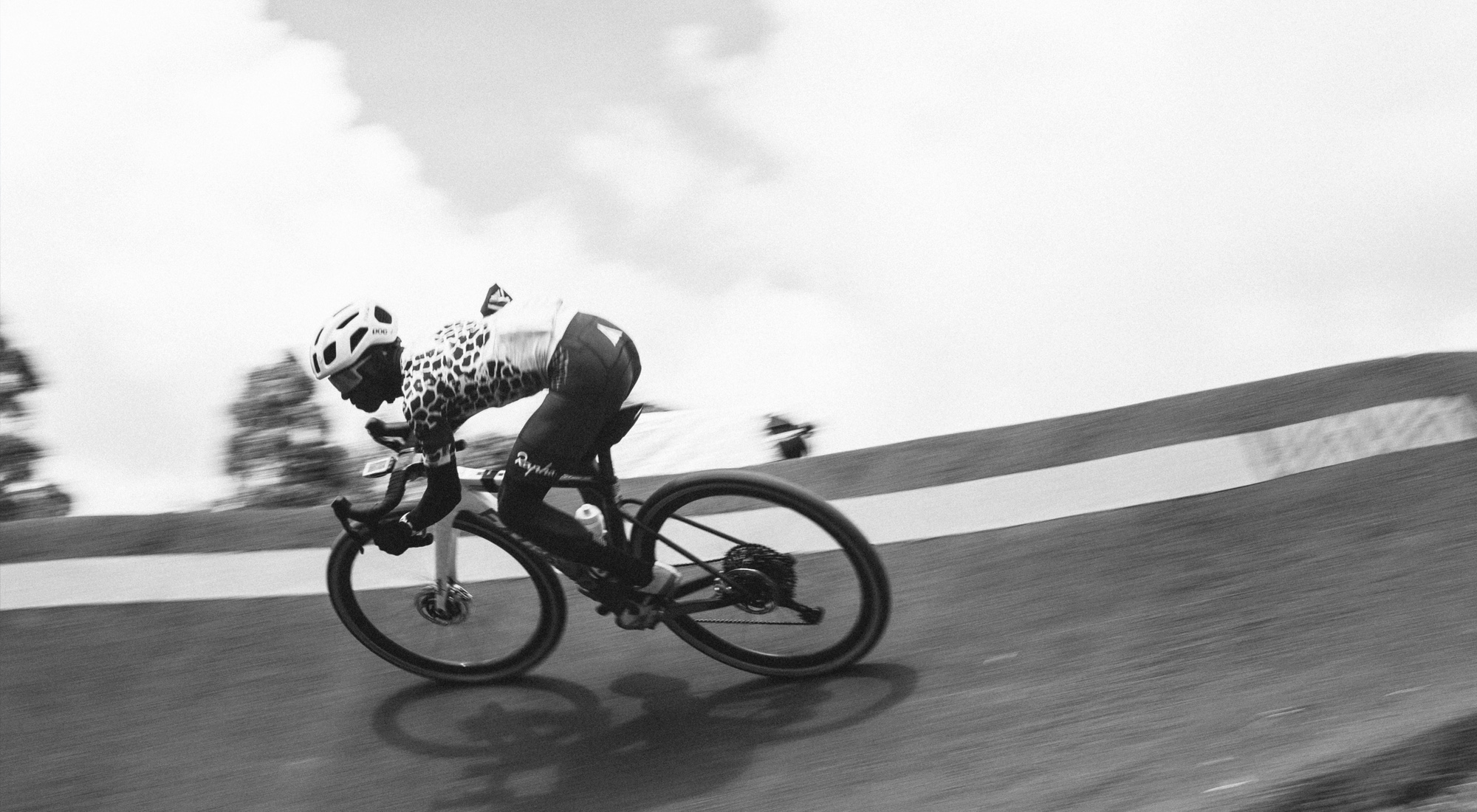
Photo credit: Team AMANI
The future is theirs
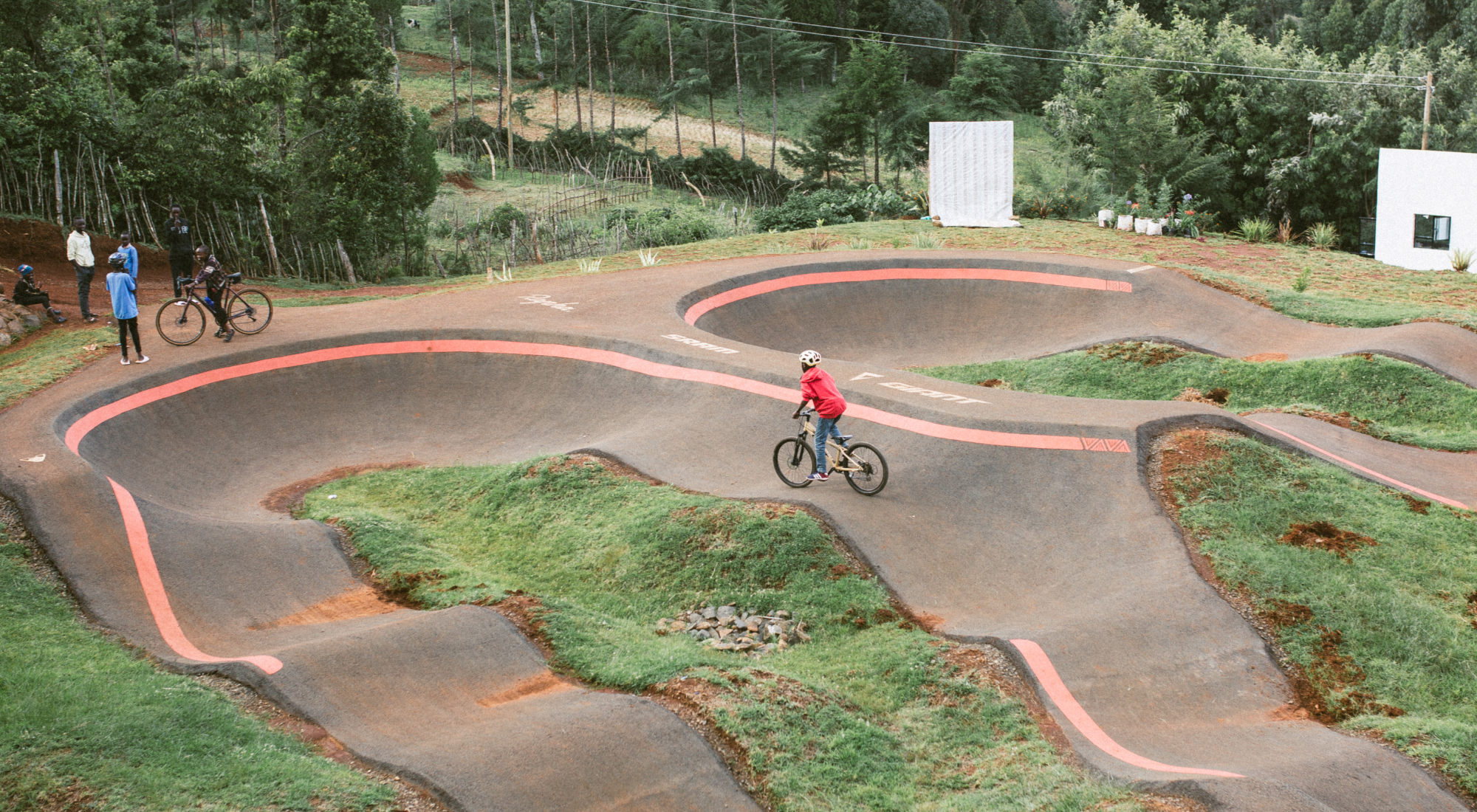
I learned today that many of these kids are from Simba for Children, a nearby orphanage. “Simba” means “lion” but also “orphan” in Swahili—a bittersweet truth that left me reflecting deeply. Yet, these kids find hope here. The Team Amani house isn’t just a training ground; it’s a beacon. It tells them that with hard work and determination, they too can have a future in cycling.
After the ride, I returned to my reality: washing my clothes by hand in the shower. Scrubbing with soap bars and carefully hanging gear to dry has become a daily ritual. The shared laundry line at the Amani house is always full, a reminder of how much effort goes into meeting basic needs before even thinking about training. Clean clothes, proper nutrition, and a place to sleep are foundational—but for these athletes, they’re also hurdles. It’s humbling to witness their resilience and to reflect on how these efforts shape their grit on the bike and in life.
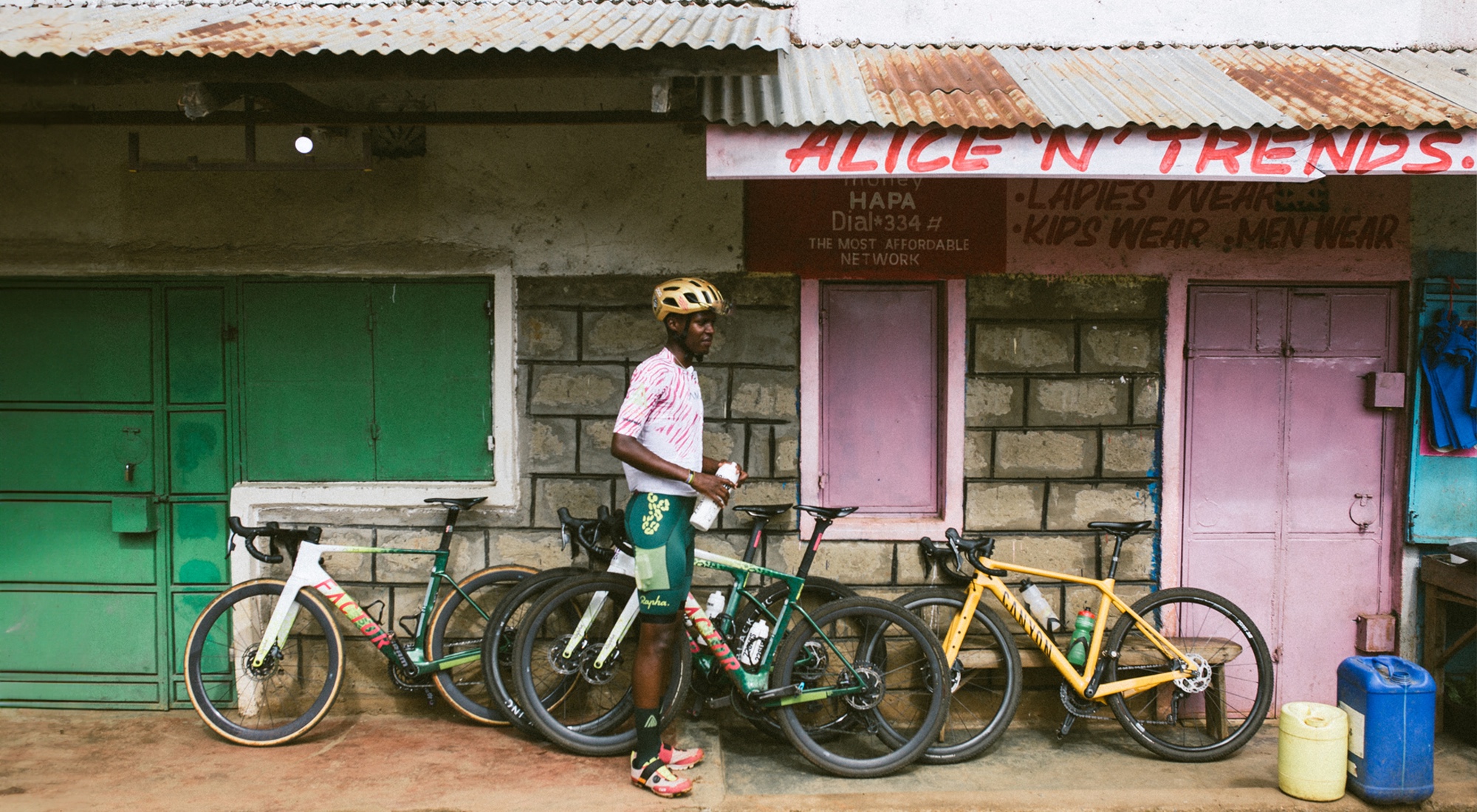
Day 3, Afternoon Session (11/22, 1 p.m.): Sharing Knowledge
The afternoon was quieter but just as impactful. Anna led a SRAM session, walking everyone through the nuances of groupsets and the SRAM AXS app. Even as a seasoned SRAM user, I picked up a few tips that validated my YouTube-learned skills.
The session also focused on media and digital presence, teaching athletes how to amplify their voices online. Watching these riders lean into learning both on and off the bike was inspiring. This is more than just a camp—it’s an investment in their futures, as athletes and as leaders in their communities.
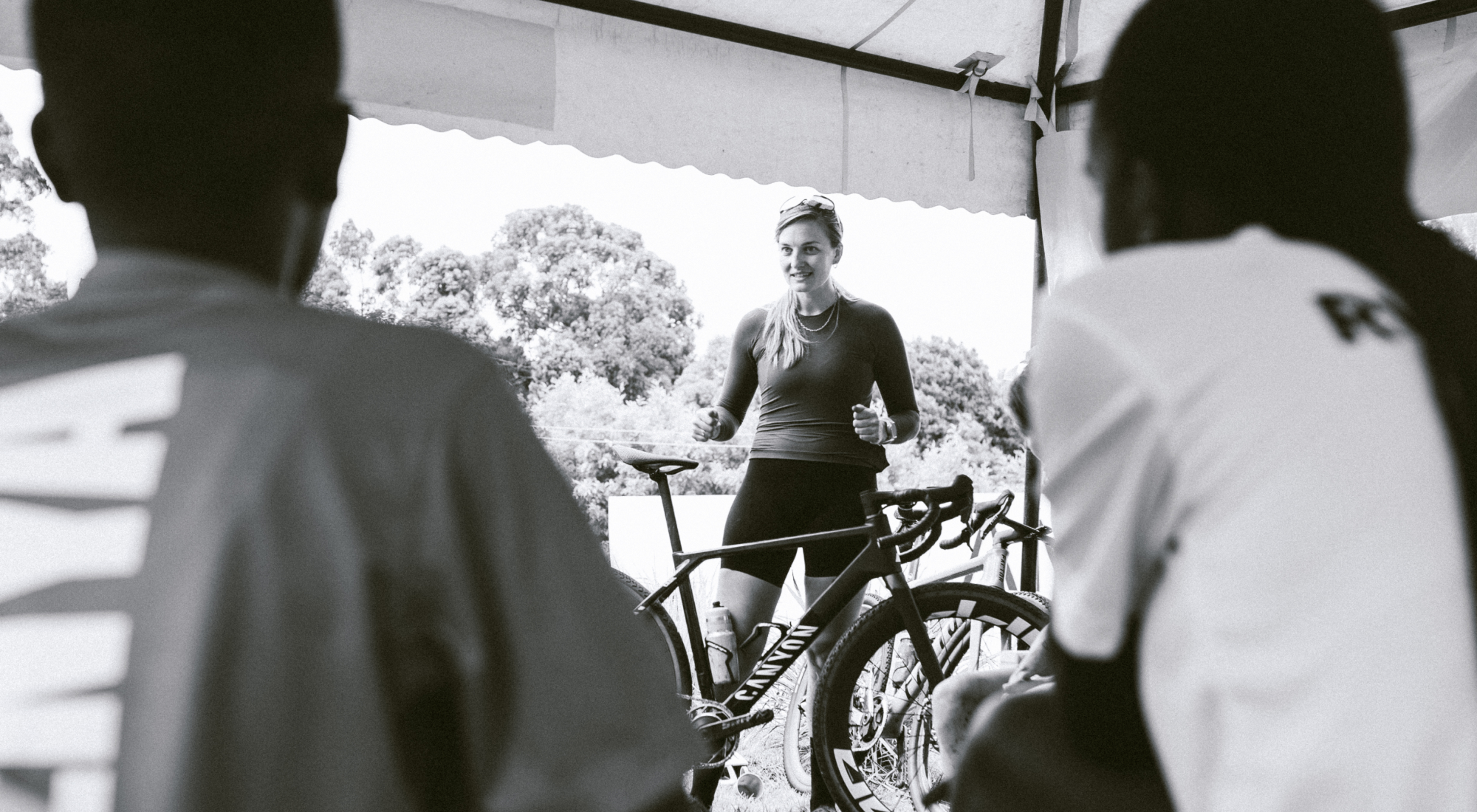
Photo credit: Team AMANI
Day 4, Morning Session (11/23, 9:30 a.m.): Morning Gravel Skills Session
The day started with a 1.5-hour gravel skills session in the rainforest, where all the riders rolled over together as one big group. The riders typically practice their skills on a small loop so coaches can review their technique. I rolled over with Anna from SRAM to their standard gravel loop from the hotel and we navigated our way through the peanut butter mud, again giving me vivid flashbacks to Unbound 2023.
We practiced cornering, braking, and navigating loose and muddy gravel—all skills that can make or break a race. Seeing everyone’s determination to improve gave me hope for the future of Team Amani– with the right mindset, anything is possible in the sport. Watching the Black Mambas gain confidence on tricky (and muddy) sections of the trail was inspiring.
Late Morning: SRAM Session II, For the Ladies only
After the skills session, we transitioned into the women-only SRAM session. For me, this was the standout moment of the day. There’s something special about creating a space just for women to learn and ask questions without any reservations.
We covered everything from basic maintenance to troubleshooting. One of the highlights was seeing every rider successfully plug a tire. It’s a rite of passage in gravel racing—an essential skill every racer must have, yet many never get the opportunity to practice in a supportive, relaxed environment.
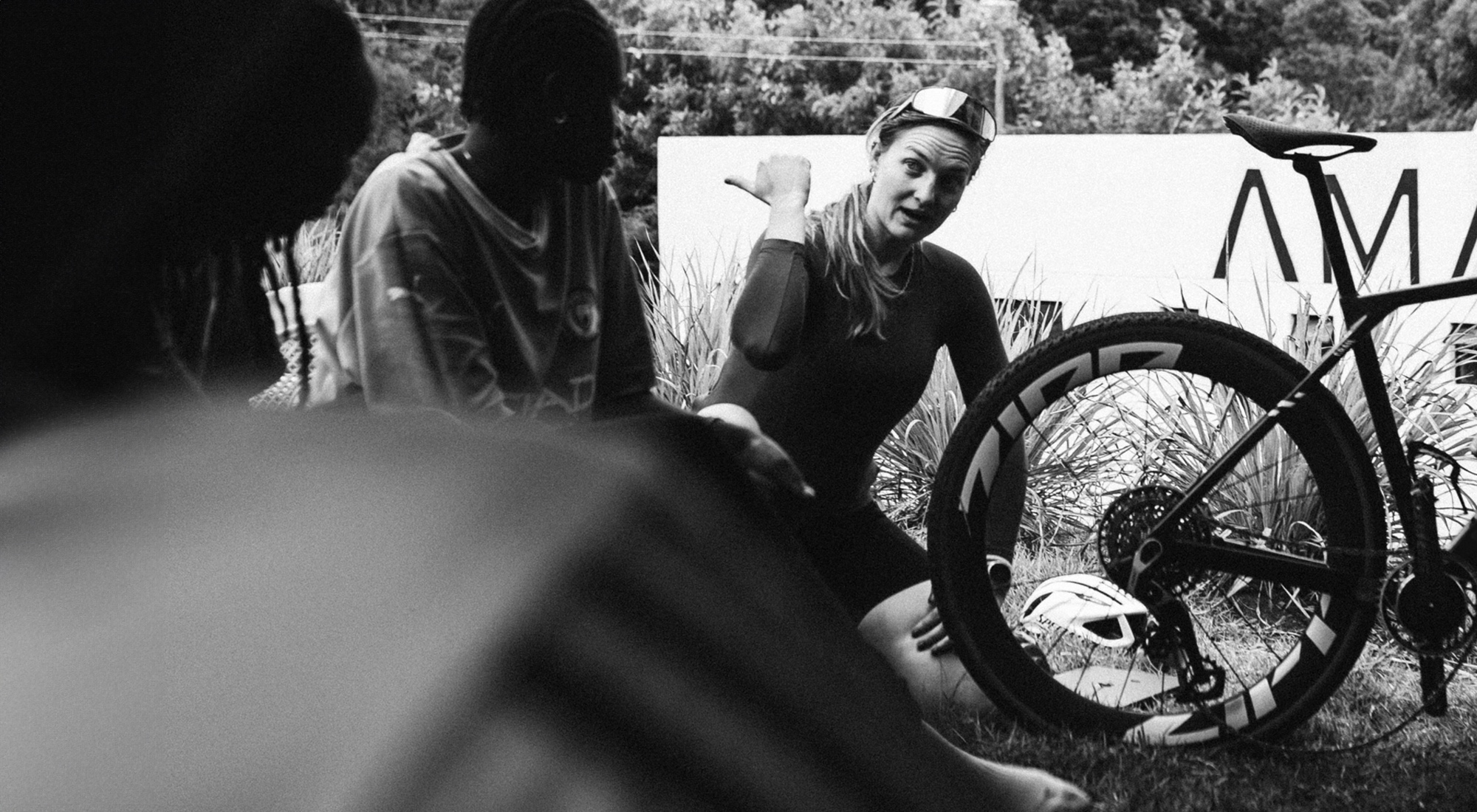
Photo credit: Team AMANI
Having French and Amharic translators made the session even more impactful. Language was no barrier as women helped each other understand and learn. There was such a sense of community in the room—it wasn’t just about fixing a flat or using SRAM tech. It was about building confidence and self-reliance.
I noticed how much more comfortable the women were asking questions with a female mechanic leading the session. The energy was collaborative with everyone eager to learn. Moments like this remind me why I’m here—not just to ride, but to help foster a sense of empowerment and connection among women in cycling across the world.
Day 4, Afternoon Session (11/23, 12 p.m.): Free Time and Individual Meetings
The afternoon was a bit more relaxed, with free time followed by individual meetings with the coaching staff. I spent some of the downtime writing and reflecting on the day back at the hotel. These quieter moments, often working from the hotel restaurant with an incredible view of the Kessup Forest, allow me to process everything I’ve seen and learned, as well as think about how I can contribute to lasting change for the women here.
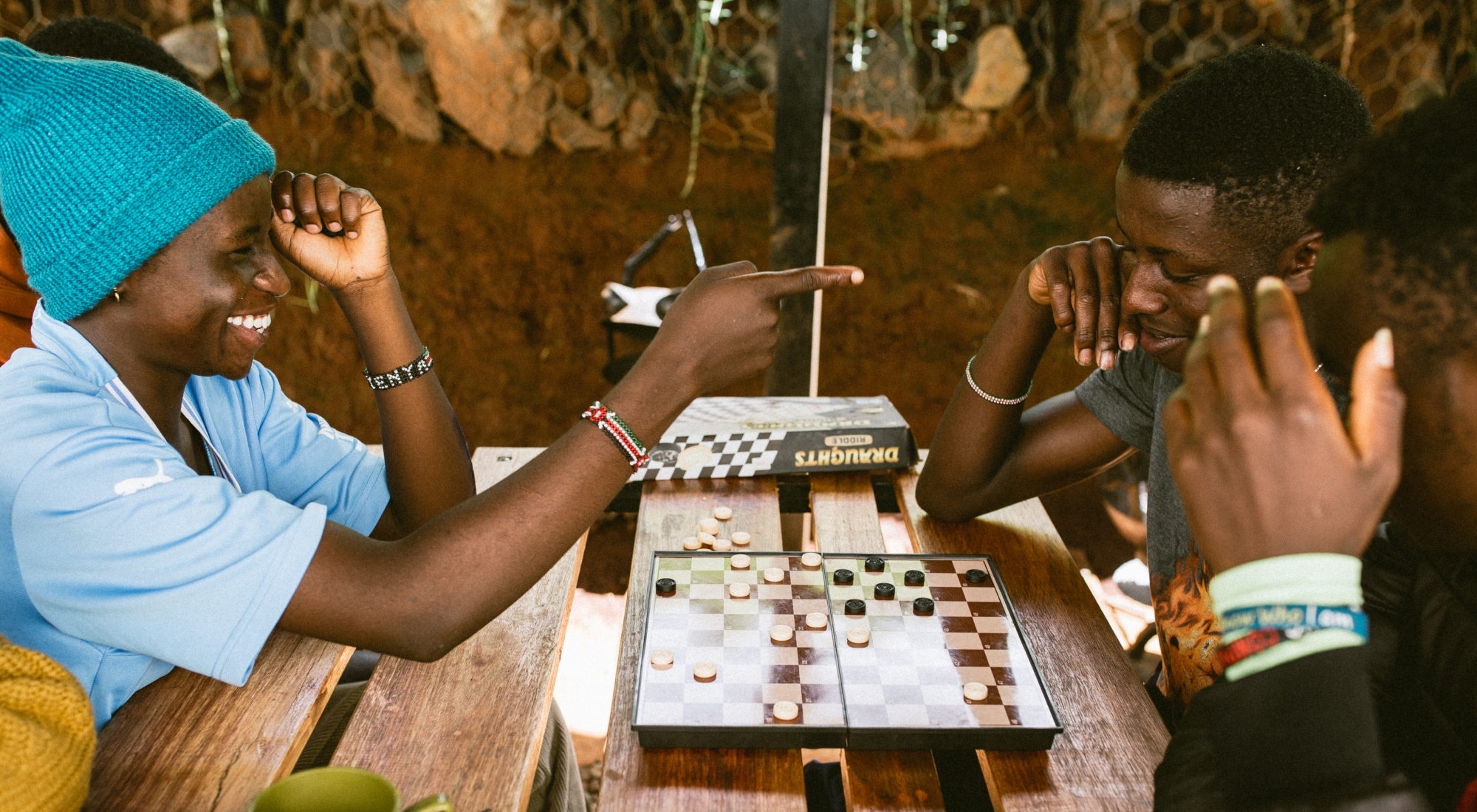
Daily reflection
Today left me inspired. The gravel session reinforced the importance of practice, and persistence, while the SRAM workshop was a reminder of how empowering knowledge and self-reliance can be. Seeing the women plug tires, navigate technical discussions, and help each other across language barriers was a powerful moment.
I left the session proud of what they had learned and hopeful for what they will accomplish. These women are breaking barriers—not just in cycling but in their communities—and I’m grateful to be part of their journey.
Day 5, Morning Session (11/24, 8 a.m.): Gravel Adventures and Unexpected Challenges
Today’s ride was an epic three-hour endurance effort with the gravel ladies. The recent rain had transformed the already rough and rocky Kenyan gravel roads into something even more unpredictable. It was challenging but fun—until an unexpected encounter.
As we descended through a fast, sweeping bend, two monkeys darted into the middle of the road. The sudden obstacle caused Martinie to crash hard and everyone quickly gathered around her. A nearby moto stopped to help as we evaluated her condition. Her helmet was cracked—a clear sign of the impact—and she showed symptoms of a mild concussion.
We agreed it was best for her to return to the Team Amani House via moto. With her bike balanced on her lap, she rode back on the moto. Multiple groups of riders merged at the site of the crash and we all stayed behind until she was safely on her way. The crash reminded us all of the risks that come with the sport we love.
After ensuring Martinie was taken care of, we decided to cut the ride short and head back via what they claimed would be a "shortcut" back to camp. However, it was anything but easy. The 10 km route meandered through rainforest with steep pitches of up to 20%. The rain had turned the trails into a slippery mess of peanut butter-thick mud, forcing us to dismount and carry our bikes over our shoulders for long stretches. By the time we reached the house, we were muddy, exhausted, and ready for banana/potato porridge, rice, and stew!
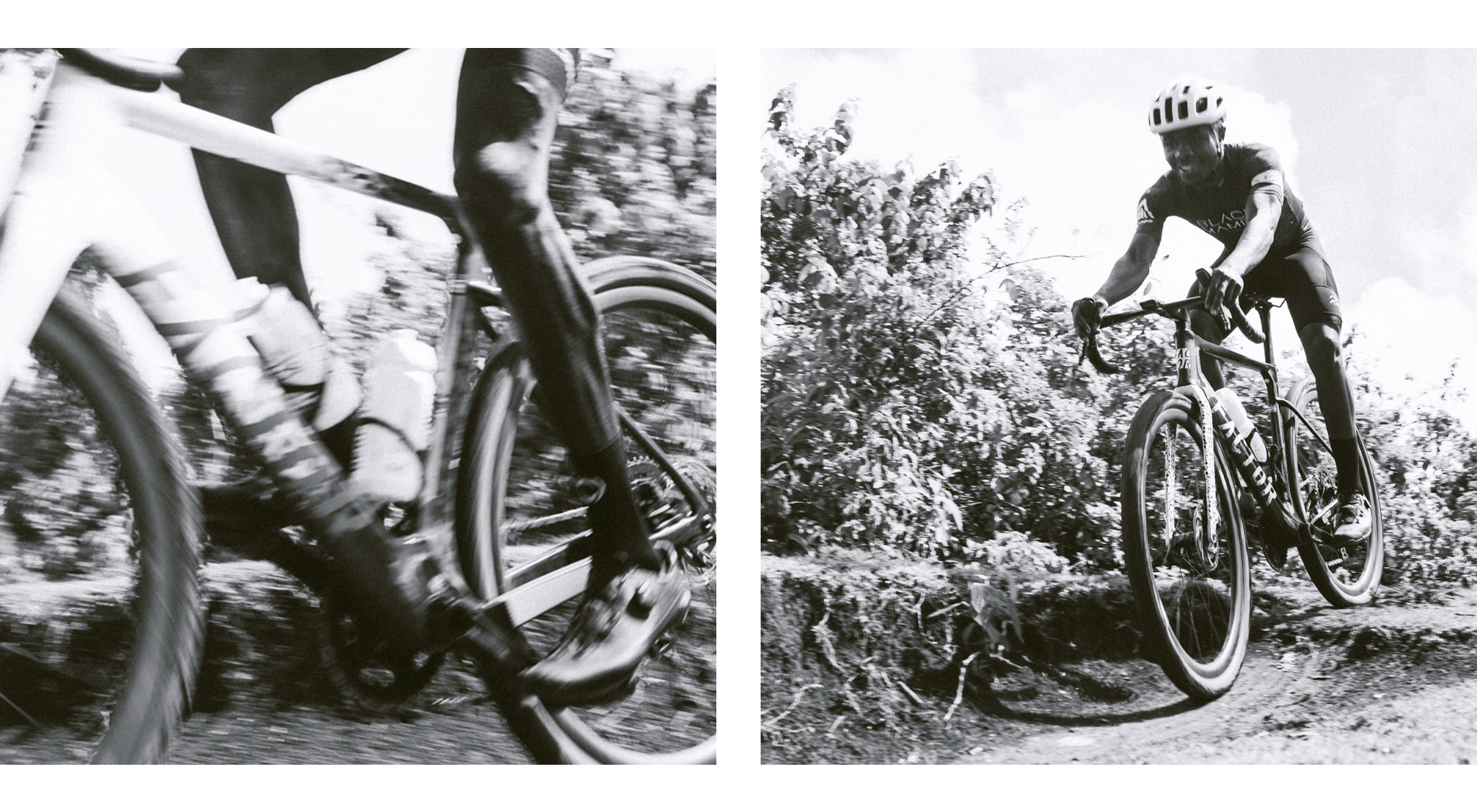
Photo credit: Team AMANI
Day 5, Afternoon Session (11/24, 1 p.m.): Professionalism and Personal Growth
This afternoon’s session focused on professionalism and the culture of continuous development in cycling. Riders shared their personal journeys, and one story stood out to me: Kendra Masiga’s, 27 years old and from Kenya. Four years ago, Kendra didn’t even know how to ride a bike. When the COVID pandemic hit and much of the world was stuck at home, boredom led her to try something new. She started cycling with a friend, and they would race each other around town. The rest is history. Today, she’s a strong and dedicated athlete as part of the Black Mambas. Her story reminded me of the transformative power of this sport and how it can completely change the trajectory of someone’s life (including my own).
Unexpected Lessons from Nature
At the Team Amani House, I discovered a bite on my clavicle from a Nairobi Fly—a deceptively harmless-looking insect. In Kenya, you’re taught never to squish these flies if they land on you. Crushing them releases a toxic substance, pederin, which can cause itchy, blistering rashes. Joy, one of the team's support staff, generously shared her toothpaste with me, which is a local remedy for bites like this.
Later, I treated myself to another local remedy: a warm cup of dawa, a soothing drink for colds made with honey, ginger, lemon, and garlic. Between that, an arsenal of allergy meds (Claritin and Benadryl), and sheer exhaustion from the day’s adventures, I hoped to sleep it all off and wake up ready for a five-hour endurance ride on the tarmac.
Day 6 Morning Session: Early Starts and Big Climbs (11/25, 7:45 a.m.)
In Kenya, a 7:45 ride start means exactly 7:45. I appreciate the punctuality here, especially as someone often labeled "chronically early" back home. In the U.S., being early usually means being on time for any ride start, but in Kenya, even my definition of “on time” was put to the test.
I rolled up at 7:47 a.m. for the 7:45 start, only to find my group already two minutes up the road. My excuse? I got caught in a parade for the local running race. Iten, known as the “Home of Champions,” is a mecca for endurance sports, especially running. While Team Amani riders are outliers in this predominantly running-focused town, they define cycling in Iten’s endurance culture.
Once I broke free of the parade, I began chasing my group down a massive, twisty descent. Every second of the rapid drop from 7,800 feet to 4,000 feet of elevation had me thinking, we’re going to have to climb back up this later. The descent was exhilarating— the speed, tight corners, and amazing views—but I couldn’t help but think the price would be paid on the return.
Tapping out a rhythm with some beats to help
I caught up with my group of Mary Aleper (Ethiopia), Beti Denta (Ethiopia), and Grace Kaviro (Kenya), at the base, and we settled into the day’s plan: 5 hours of endurance on the tarmac– an out-and-back to Kabarnet, a small town atop an hour-long climb. We practiced rotating in a smooth, 2x2 paceline in the valley leading up to the climb. As we began the climb to Kabarnet, rising to 6,000 feet (1,800 meters), I cranked up my training playlist on my phone. Drake, Lil Uzi Vert, Chromeo, 21 Savage, and Queen set the vibe for a long and steady effort. Music always seems to lighten the mood, and I took the chance to remind the group of the importance of working hard while enjoying the process.
At the summit, we regrouped with several other groups of riders, forming a larger peloton for the descent back down to the valley. It was another thrilling descent with epic views.
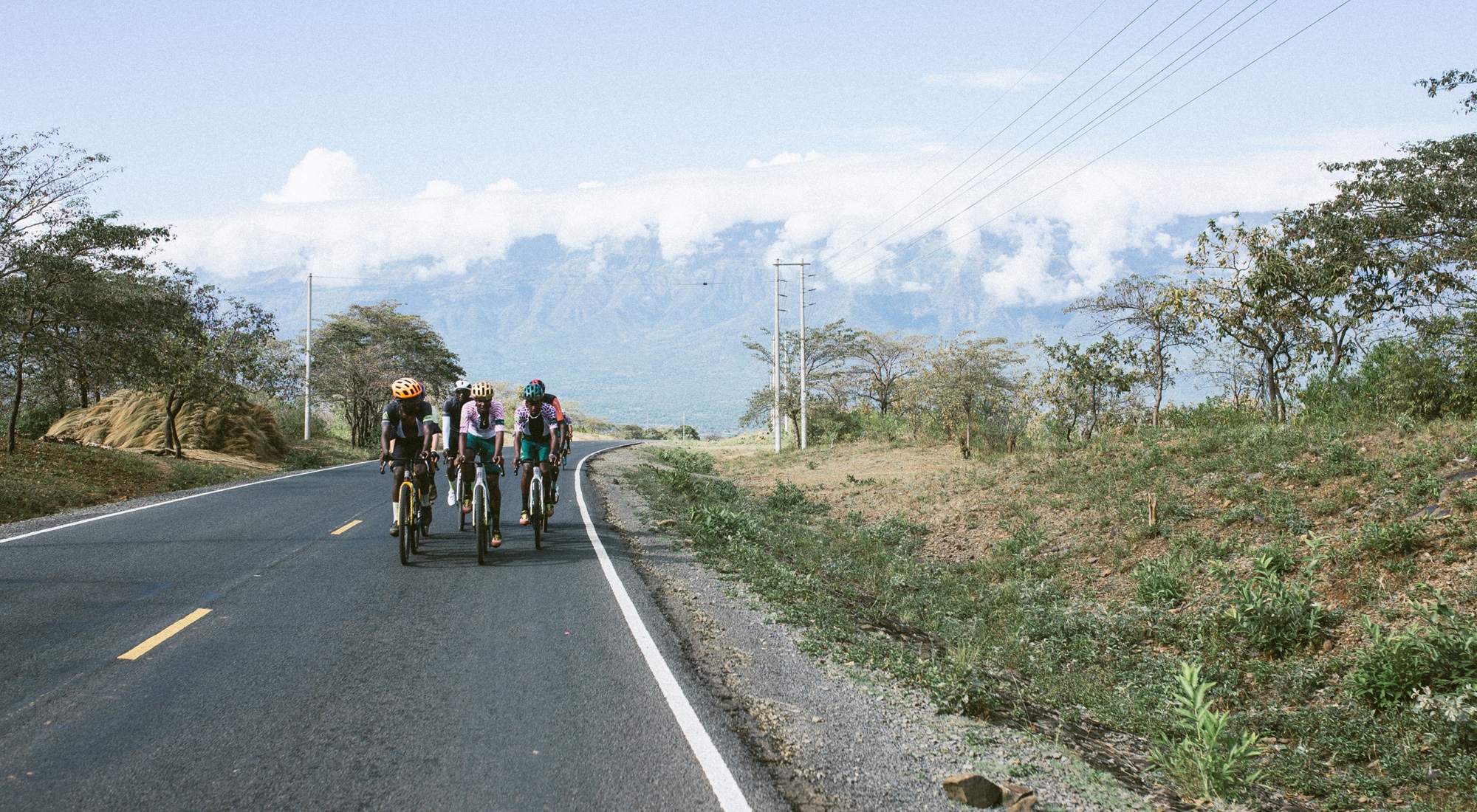
Photo credit: Team AMANI
Setting an example
Once back in the valley, we split from the men to maintain our women’s paceline. Working together side-by-side, we tackled the return leg, which included the daunting 4,000-foot climb back to the team house at 7,800 feet. For the final hour, I decided to mix in a couple of 20-minute tempo intervals, partly to follow my training plan, and partly to set an example. Fueling has been a recurring theme on these rides, and I noticed I was the only one eating during the day. I hoped to demonstrate how proper fueling enabled me to do harder efforts in the final hour of the 5-hour ride. After each interval, I circled back, rejoining the group, and encouraging everyone as we pressed on. Riding through the “Home of Champions” sign on our way back showed me the power of this place, its people, and its culture. The day’s ride wasn’t just about miles or meters climbed; it was about connection, growth, and expanding East Africa’s endurance tradition.
Day 6: Afternoon Session: Insights with Tsgabu Grmay (11/25, 4 p.m.)
The afternoon brought a session with Tsgabu Grmay, the first Ethiopian cyclist to compete in the Tour de France and also selected for the 2025 Lifetime Grand Prix. Tsgabu’s calm yet confident demeanor immediately set the tone as he shared his pre-race routine, offering insight into how he prepares for some of the biggest events in the cycling world.
He began by emphasizing the importance of equipment preparation. “You have to trust your bike,” he said, walking us through his checks of everything from tire pressure to drivetrain cleanliness. For Tsgabu, you can’t do much on race day without a well-maintained bike. I added, “A clean bike is a fast bike.”
From there, he shifted to nutrition, explaining how he prioritizes carb-heavy meals in the days leading up to a race. “It’s not about eating a massive meal the night before,” he clarified. “It’s about gradually building up your glycogen stores over two or three days.” Tsgabu also highlighted the value of hydration, a race-day priority and a priority throughout training.
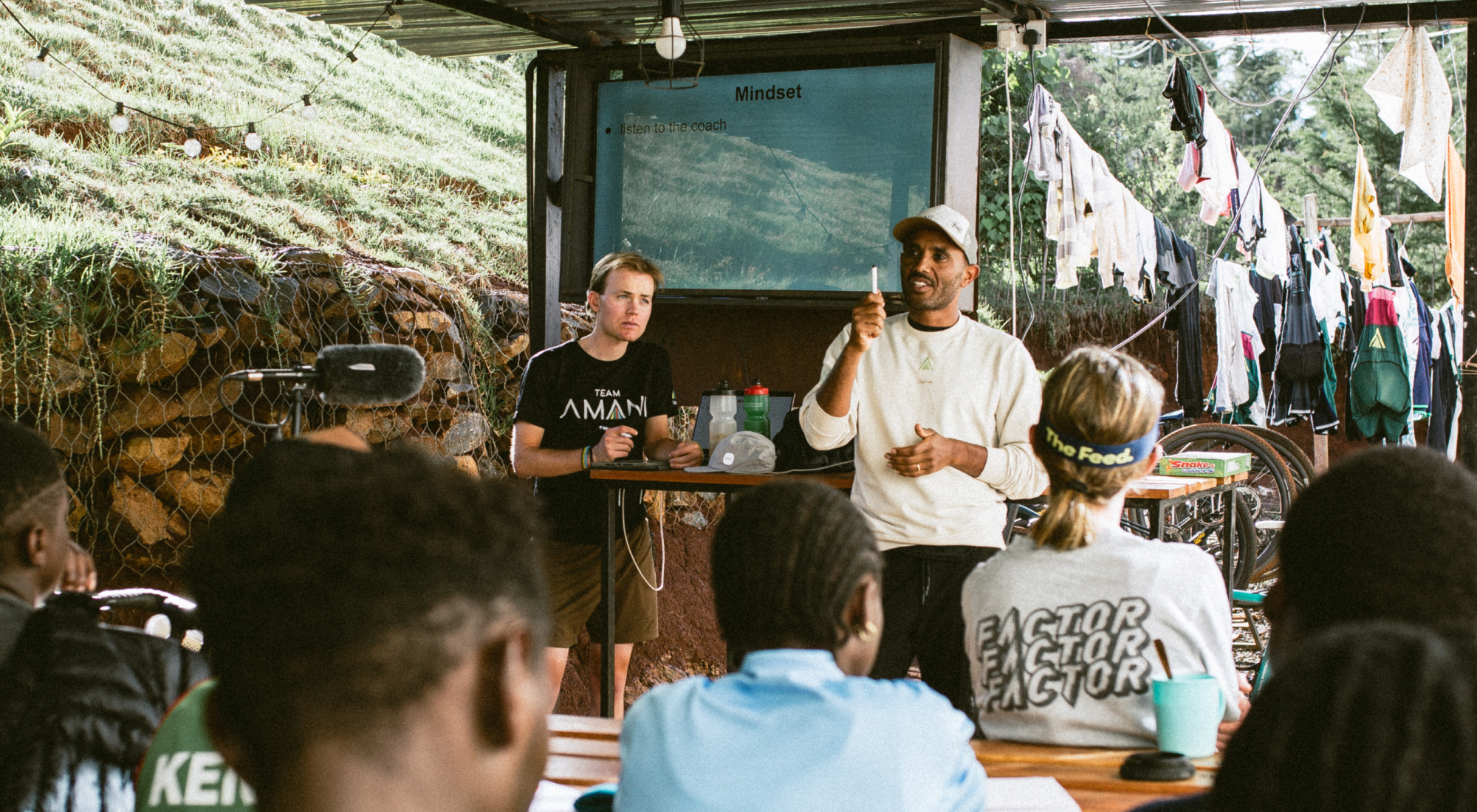
Photo credit: Team AMANI
A strong body and mind
One of the most interesting parts of his talk was about the mental game. Tsgabu shared how he clears his mind in the lead-up to a race, relying on visualization techniques to picture himself on the course. He asked the riders to close their eyes and imagine the looks of their families, towns, and villages if they could reach the top of cycling. Tsgabu explained how this practice keeps him motivated and grounded.
He also stressed the importance of rest and recovery, particularly sleep. “You can’t perform if you’re not rested,” he reminded us, adding that prioritizing sleep—especially in the final two nights before a race—is non-negotiable. As he spoke, it struck me how much of his preparation validated what I’ve learned through my career; Hearing it from another racer brought a new level of clarity. The session wasn’t just informative; it was inspiring. Seeing how a cyclist from Ethiopia had paved his way onto the world stage, competing at the sport’s highest level, resonated deeply with everyone in the room.
Tsgabu ended by encouraging everyone to find their rhythm in pre-race routines. “Everyone is different,” he said, “but consistency is key. Do the little things right, and they’ll add up when it matters most.”
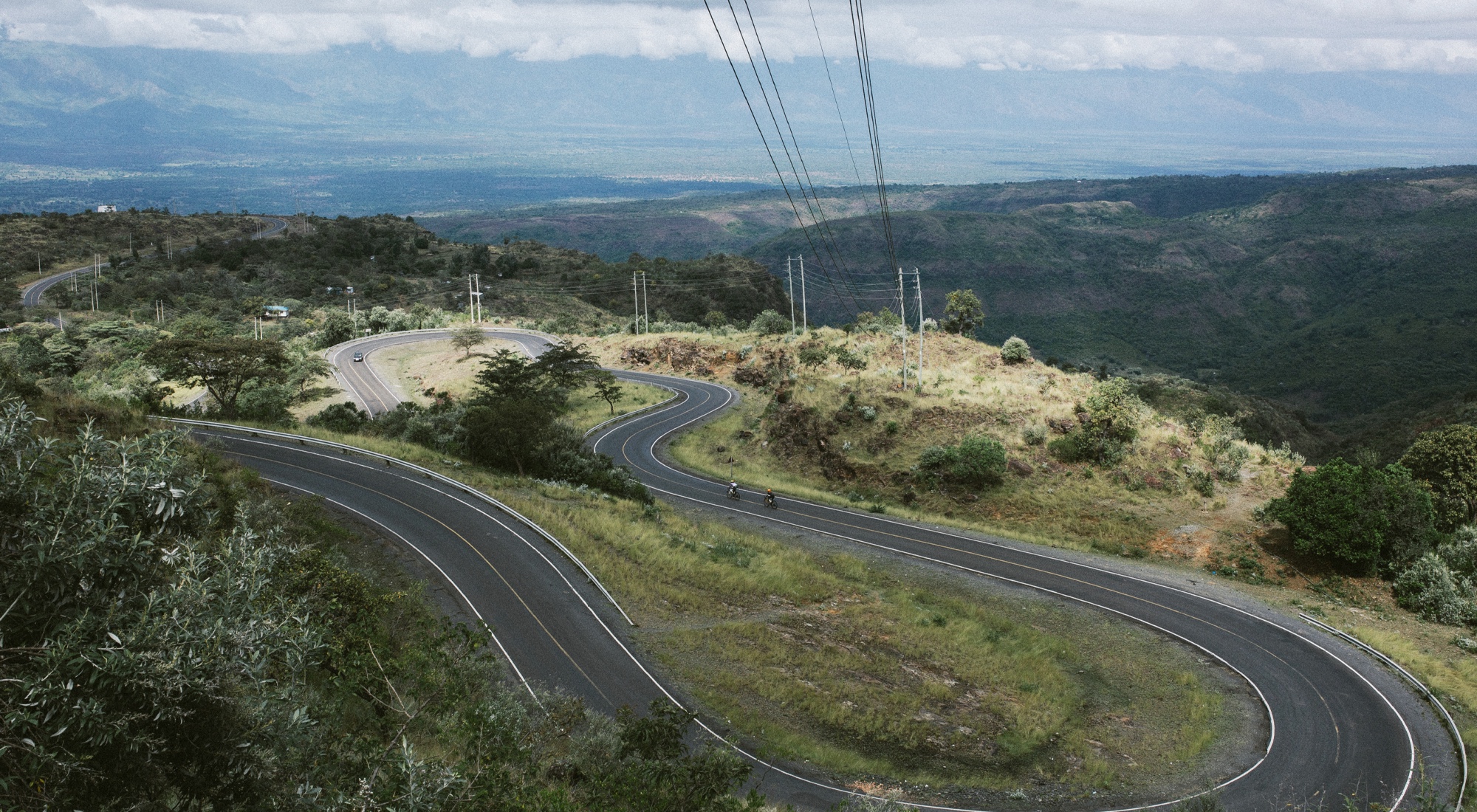
The afternoon felt like a masterclass in preparation and left me reflecting on my habits–what I’m doing right and where there’s room to improve, learning from someone who’s conquered both the Alps and the Rift Valley.
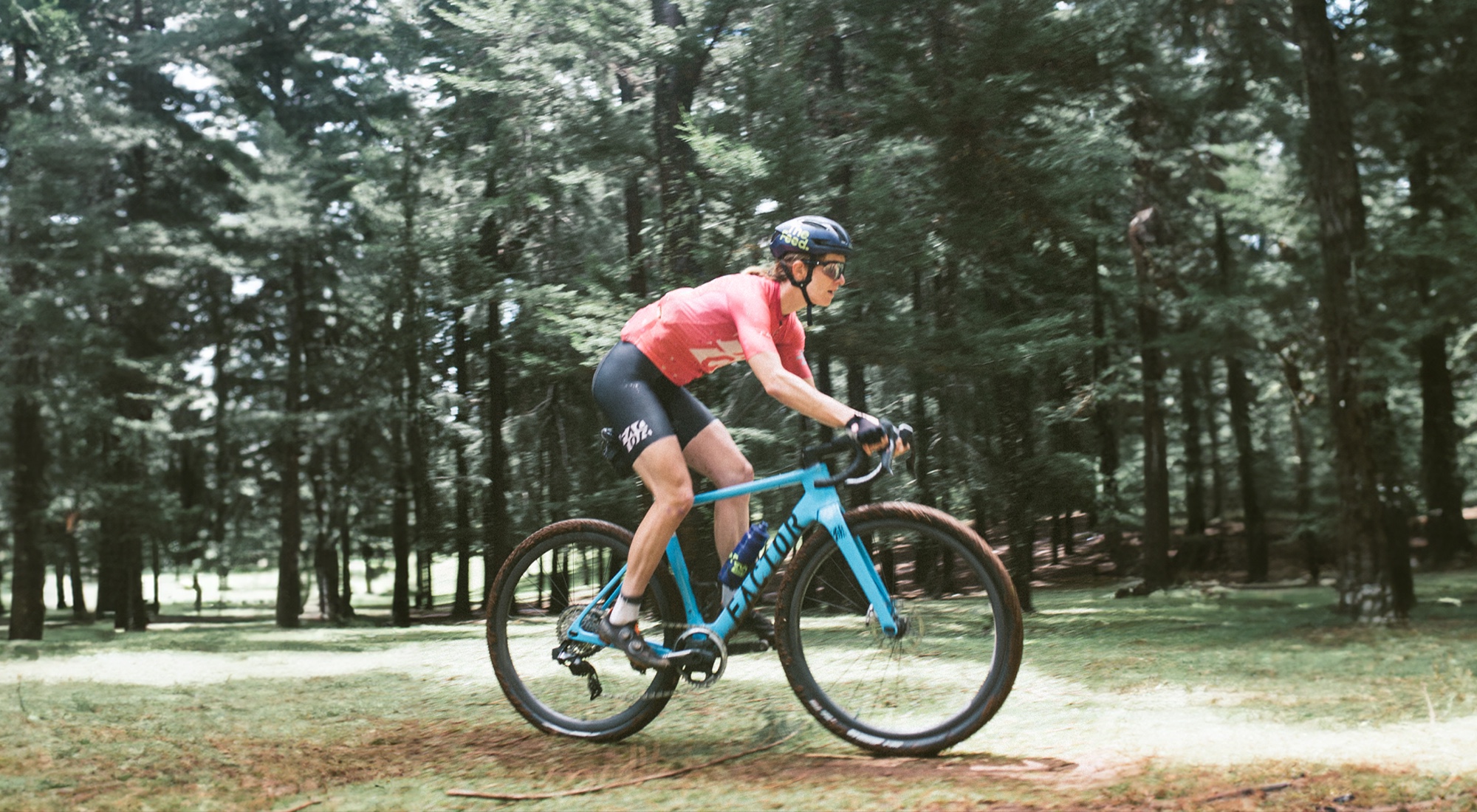
Photo credit: Team AMANI

Learn more about OSTRO Gravel

© 2025 Factor Bikes. All rights reserved / Privacy Policy |Terms
